Strozzapreti, cavatelli, lumache, conchiglie, orecchiette… So many names for so many different formats of Italian Pasta!
Everybody knows the classic: Penne, Spaghetti even Fusilli and Lasagne…but do you know these other unconventional formats you can find on the BellaItalia shop?
Let’s see if we can surprise you and maybe inspire you to try new Italian Recipes!
Priest stranglers: Do you know the Strozzapreti?
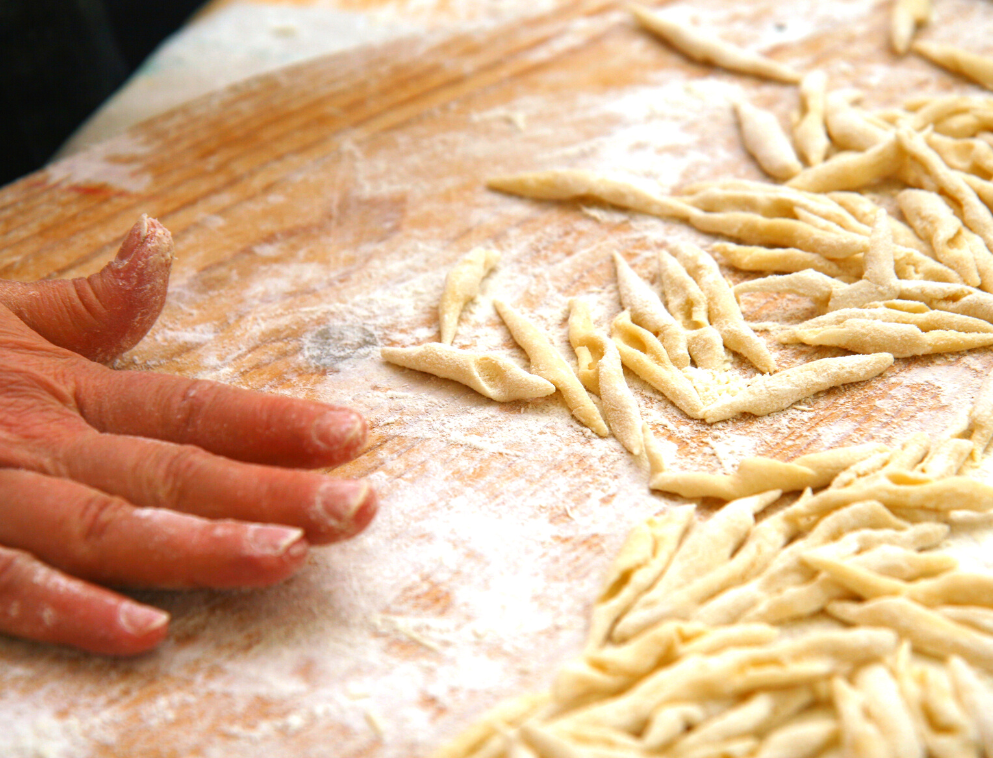
Strozzapreti is a type of Italian pasta that is popular in certain regions of Italy, particularly in Emilia-Romagna and Tuscany. The name "strozzapreti" is quite interesting and has a historical and somewhat humorous origin. In Italian, "strozzapreti" translates to "priest stranglers" or "priest chokers." According to the legend, the pasta earned its name because it was so delicious that it could "choke" or "strangle" a priest. In reality, it's more likely that the pasta's name is a playful reference to the fact that priests, who were known for their hearty appetites, would indulge in this pasta to the point of overeating and, figuratively, "choking" themselves with it.
Strozzapreti's irregular shapes make it perfect for trapping and holding onto sauces, making it a versatile choice for a variety of pasta dishes. Strozzapreti can be served with a wide range of sauces, including tomato-based sauces, pesto, creamy sauces, and more.
Little hollow: Cavatelli from the south!
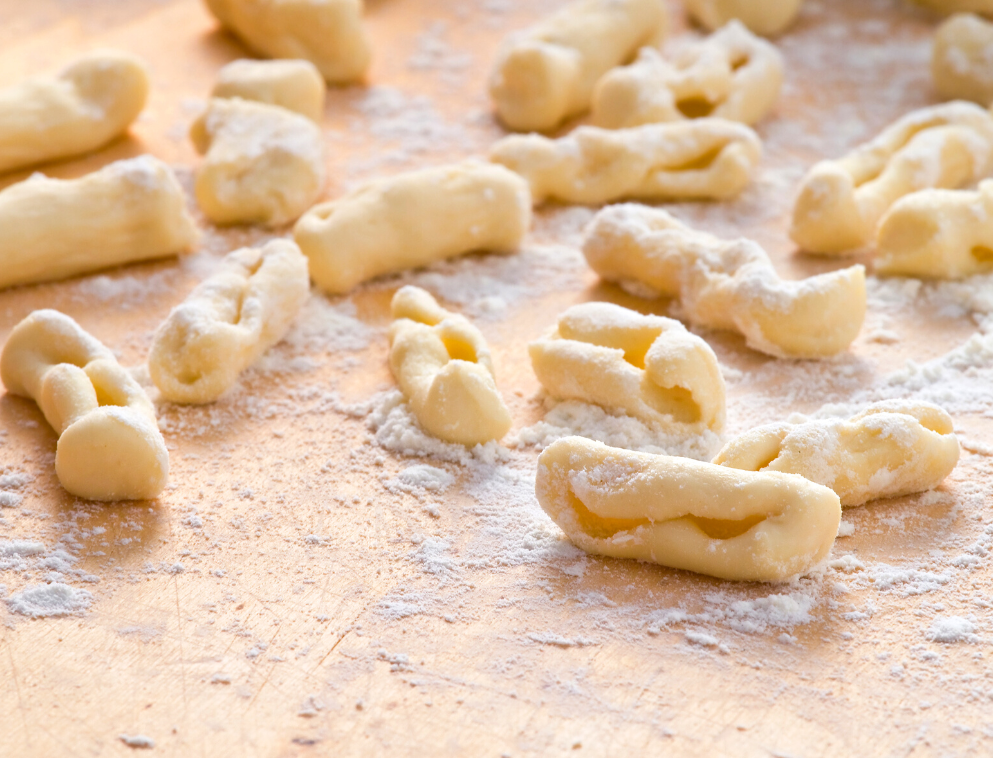
A while ago Federica shared her family recipe to make Cavatelli at home. This simple pasta is delicious in many dishes and if you don’t have time to make it, it is always available in our pasta section!
Cavatelli is a type of Italian pasta known for its small, shell-like or ear-shaped appearance. The name "cavatelli" is derived from the Italian word "cavato," which means "hollowed out" or "carved." This name is quite fitting because cavatelli pasta is traditionally made by shaping small pieces of pasta dough into hollowed-out shells or small concave shapes.
Cavatelli's unique shape allows it to hold onto sauces quite effectively, making it a popular choice for hearty, thick sauces like tomato-based ragù or meat-based sauces. It is also commonly used in Southern Italian and Sicilian cuisine.
Snails and Shells: the perfect summer pasta formats
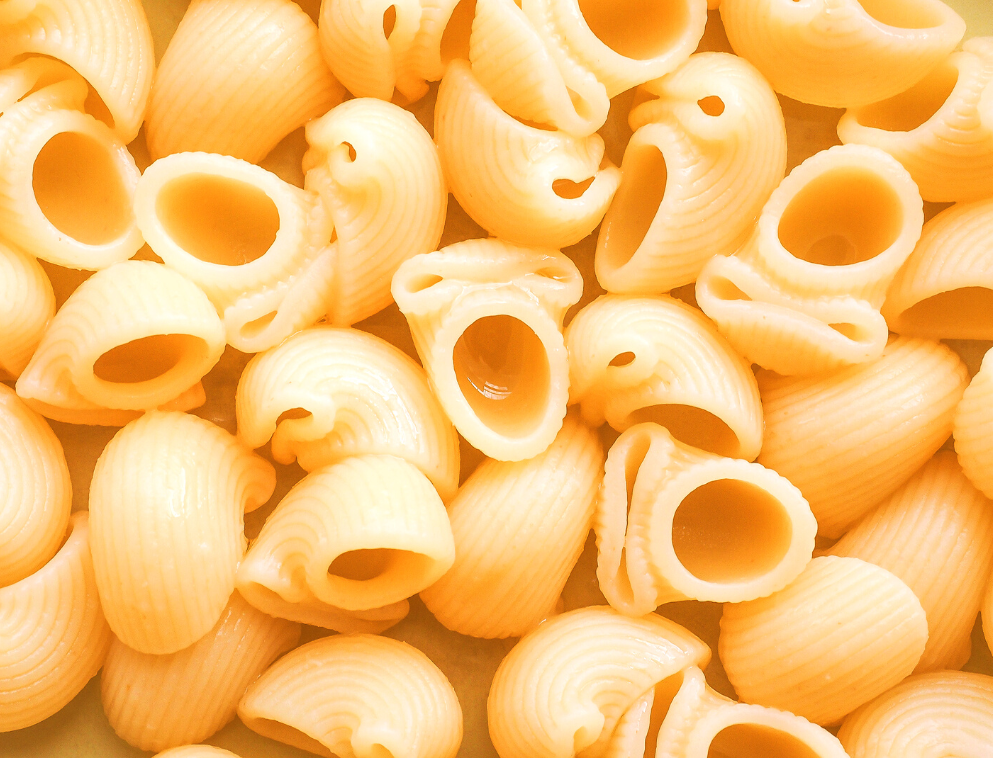

Yes, you read that right: Snails - Lumache - are super fun pasta format that you can use to surprise your guests and while you are at it why not make also a Shells plate? Conchiglie are available as both Conchiglioni - bigger for richer recipes - and Conchigliette - perfect for soups!
Lumache and Conchiglie pasta is obviously named after its shape, which resembles snail shells or seashells. This pasta variety is characterized by its large, ridged, and concave shape, which is perfect for trapping and holding onto sauces.
The history of these shapes of pasta is deeply rooted in Italian culinary traditions. They are believed to have originated in Southern Italy, particularly in the Campania region, which includes the city of Naples. This area is known for its rich pasta culture and is home to various unique pasta shapes.
Regional Pasta: Travel with pasta!
Some pasta shapes are so linked to the tradition of a region that they are recognized as symbols of the territory that inspired them. on BellaItalia you can find…
Sicilian Busiate
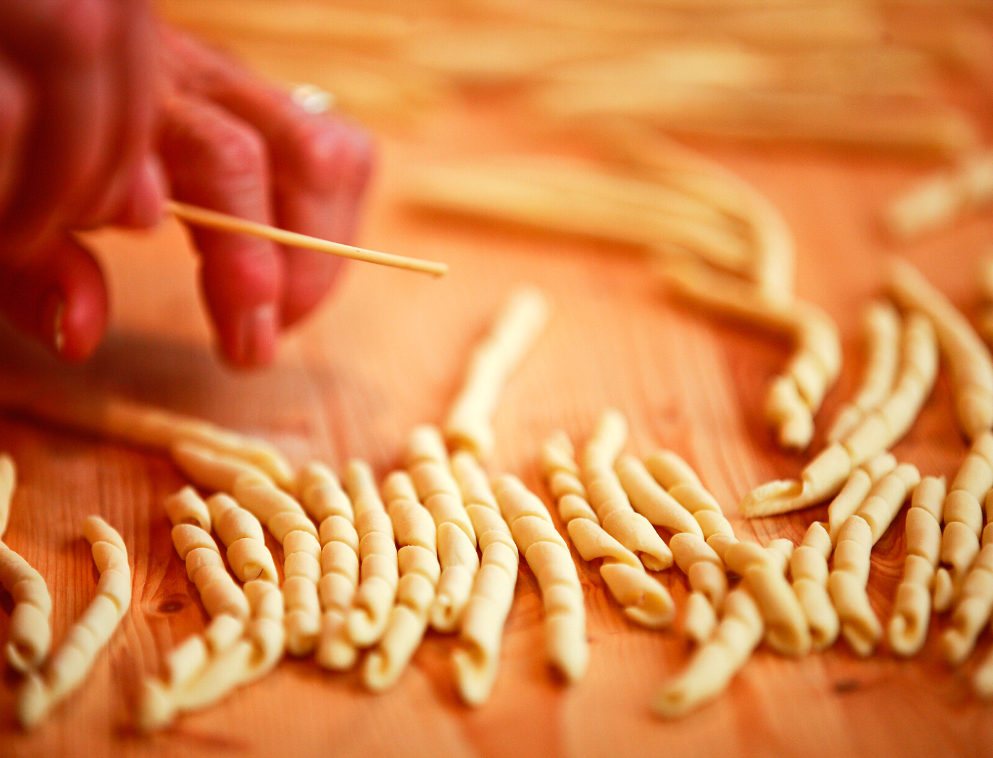
The name "busiate" is derived from the Sicilian word "busa" or "buso," which means "to poke" or "to pierce." This name is quite fitting because the traditional method of making busiate pasta involves rolling small pieces of pasta dough around a thin rod or stick, such as a knitting needle or a wooden skewer. As the dough is rolled, it naturally forms into the spiral or corkscrew shape that is characteristic of busiate. The rolling technique is a labor-intensive and time-consuming process, which is one reason why busiate pasta is considered a specialty in Sicilian cuisine.
Sardinian gnocchi and fregola
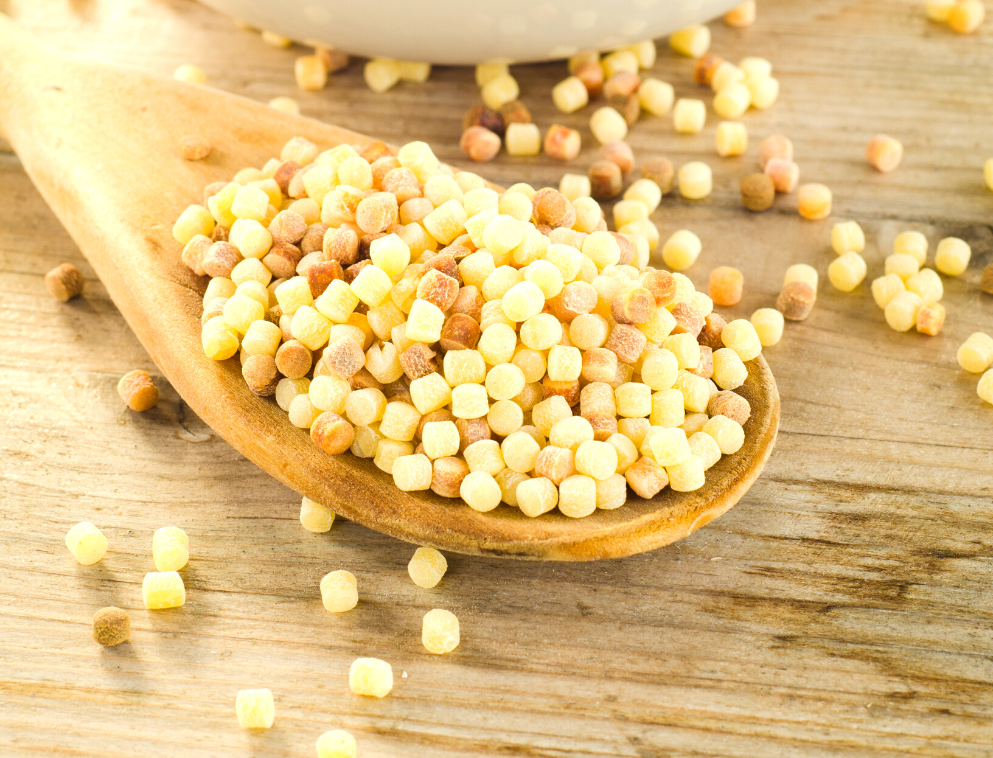
Gnocchi Sardi, also known as Malloreddus, is a type of pasta that originates from the Italian island of Sardinia. The name "gnocchi" can be a bit confusing since it is commonly associated with the potato-based dumplings found in Italian cuisine. However, Gnocchi Sardi is a pasta variety, not potato dumplings.
While Gnocchi Sardi may not be as well-known internationally as some other pasta shapes, it is cherished in Sardinia and can be found in various traditional Sardinian dishes. Its unique shape and the connection to the island's culinary heritage make it a special pasta variety worth exploring for those interested in regional Italian cuisine.
The name "fregola" is derived from the Sardinian word "frègula" or "frèula," which means "crumb" or "small fragment." This name is quite fitting because fregola pasta is made by rolling and shaping small pieces of semolina dough into tiny balls or grains. These grains are then toasted, which gives them a slightly nutty and toasted flavor, as well as their characteristic golden brown color. Fregola is often compared to couscous or Israeli pearl couscous due to its similar appearance.
Fregola is a versatile pasta that can be used in a variety of dishes. It is often featured in traditional Sardinian cuisine and can be used in soups, stews, salads, or simply as a side dish. It pairs well with a wide range of ingredients, including seafood, vegetables, and various sauces.
Orecchiette from Apulia
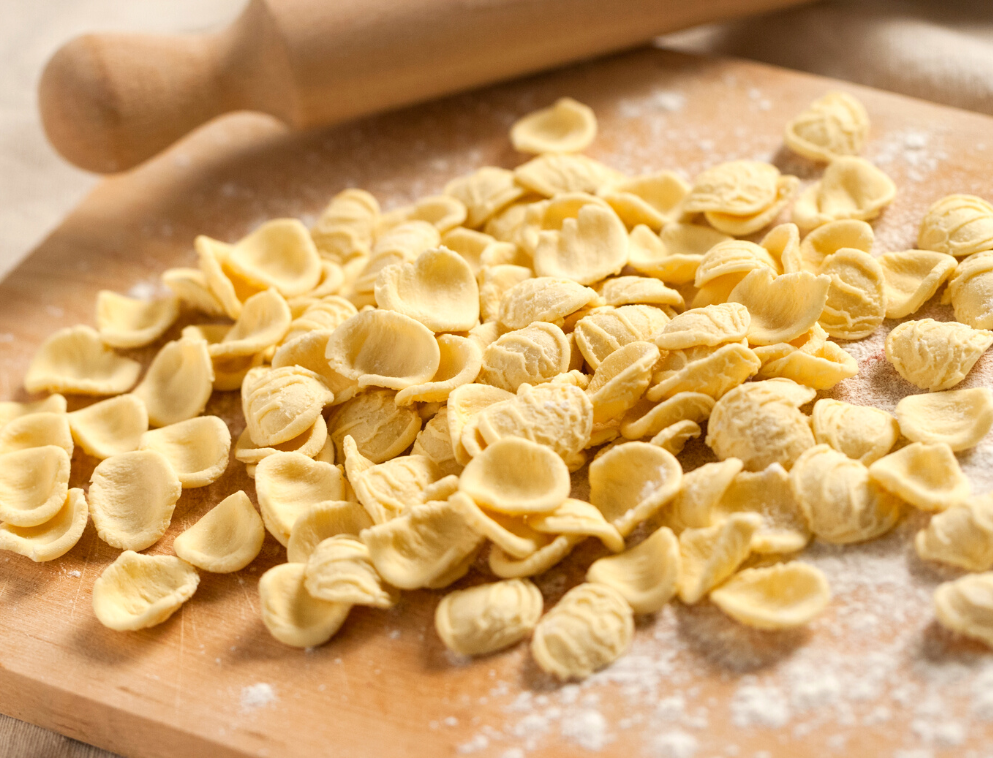
Orecchiette pasta is a traditional Italian pasta variety that hails from the southern region of Italy, particularly from the regions of Apulia (Puglia) and Basilicata. The name "orecchiette" translates to "little ears" in Italian, and the pasta is aptly named because of its distinctive shape.
Orecchiette is commonly served with a variety of sauces, but it is particularly well-suited for thick and chunky sauces, such as broccoli rabe (rapini), garlic, and chili pepper (known as "orecchiette con cime di rapa" in Italian), or with tomato-based sauces.
Orecchiette pasta has a long history in Southern Italian cuisine, and it remains a beloved staple in the region, with generations of families passing down the art of shaping orecchiette by hand.
Did you know all these pasta formats? And this is just a small part of our selection! Come back for Part 2 to discover even more unique Pasta!

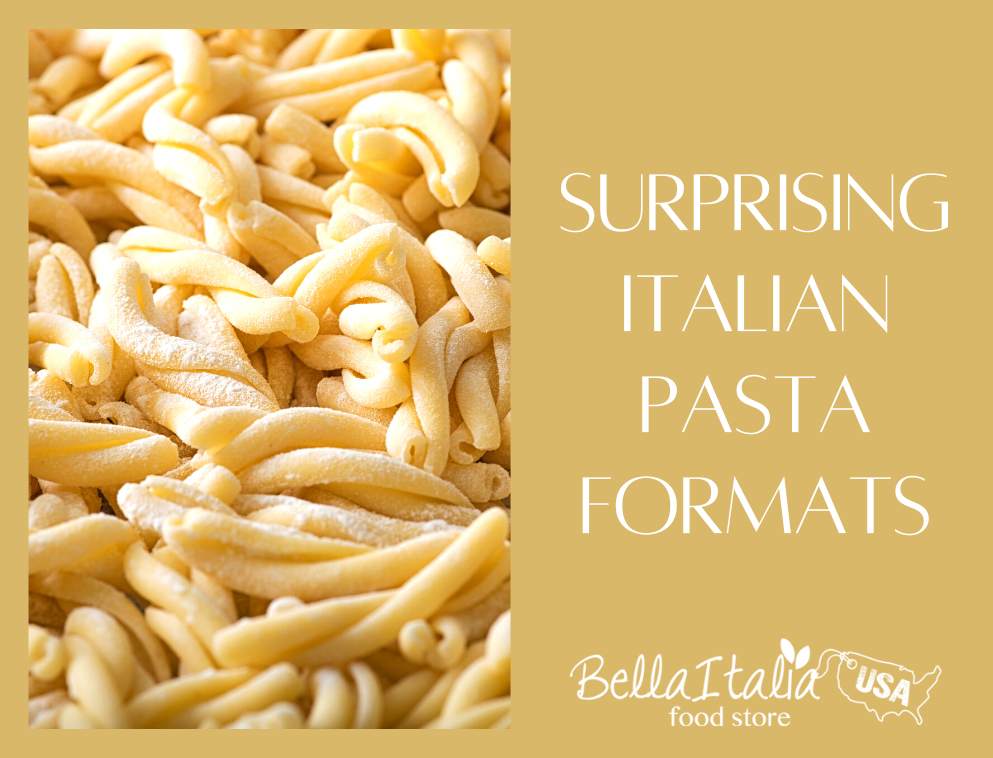


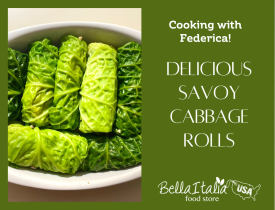


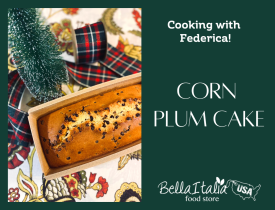
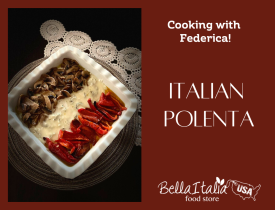
Validate your login